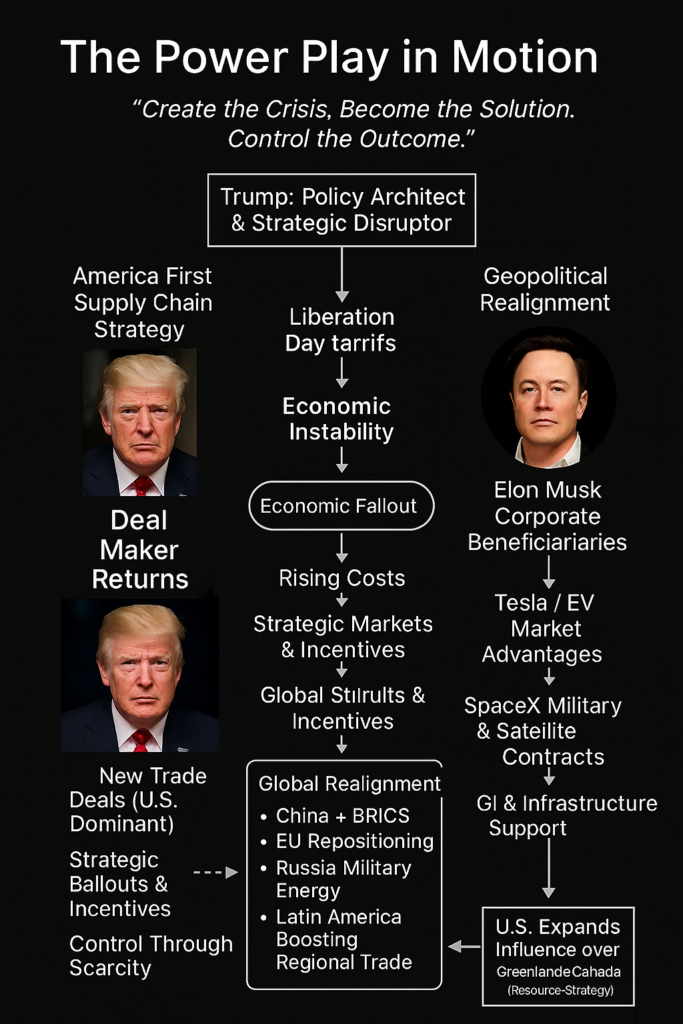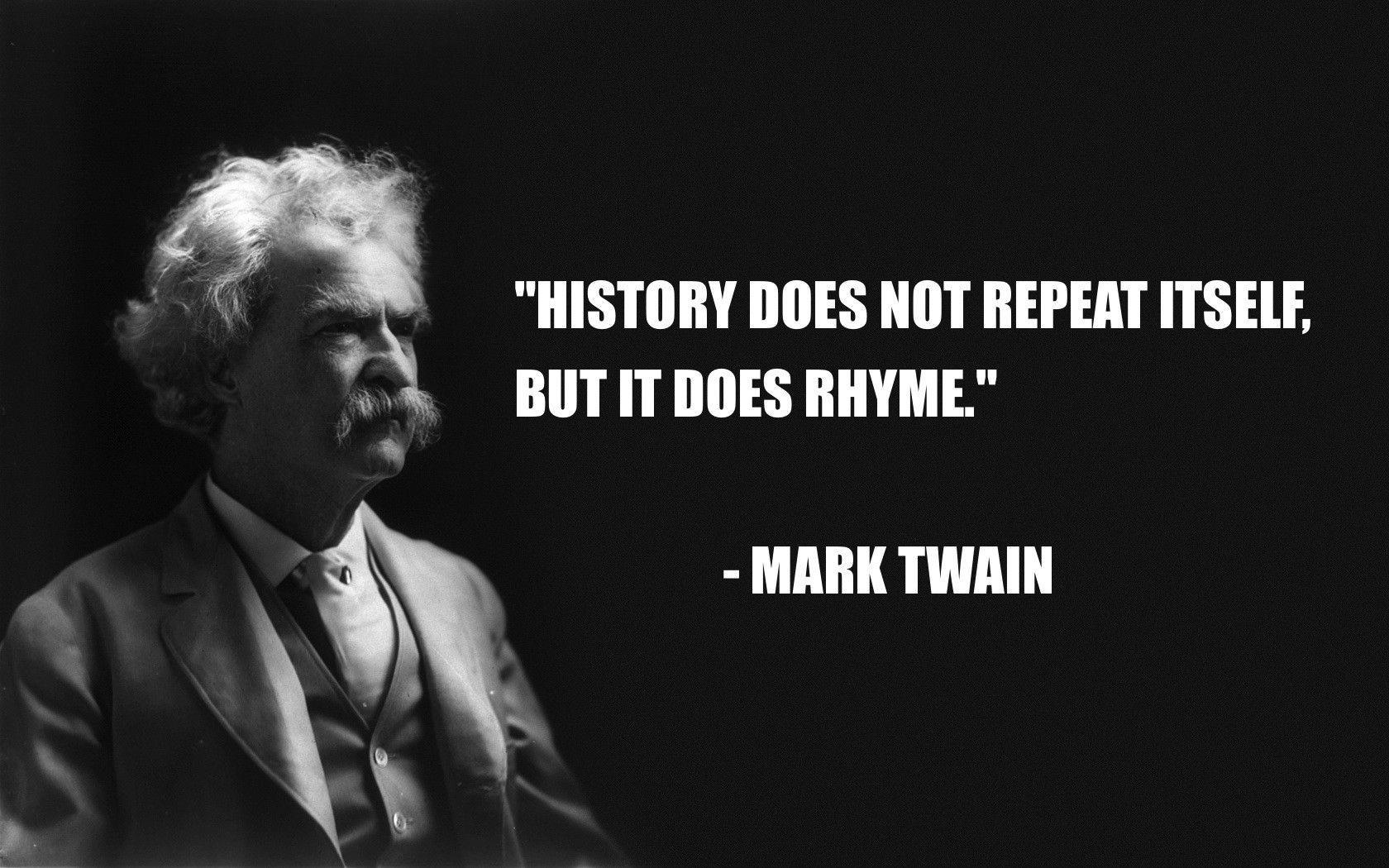Subtotal ₹0.00
A wake-up call for those ready to think, plan, and move.
The “Liberation Day” tariffs may have just dropped, but their shockwaves are already vibrating through global economics, trade, and yes—trucking. This isn’t about one man or one party. It’s about what happens when unchecked ambition, ignored warning signs, and shortsighted economic moves converge to shape the next crisis (The Guardian).
“History never repeats itself, but it does often rhyme.”
— Mark Twain
This moment isn’t a carbon copy of 2008—but the cadence is familiar. The difference this time? You get to see it coming. Greed, unchecked power, and short-term thinking are once again leading the charge (Federal Reserve History). The freight industry is being asked to move through terrain shaped by policy, not markets. And just like the housing collapse, the worst impacts may not be immediate—but they will be widespread (American Progress).
What Happened in 2008?
The 2007–2008 housing crisis didn’t just appear out of nowhere. It was built slowly, piece by piece, through risky loans, false ratings, greed, and regulatory failure (Federal Reserve History).
- Banks issued subprime mortgages to people who couldn’t afford them.
- Wall Street bundled and sold those loans as “safe” investments.
- Credit rating agencies gave AAA ratings to junk securities.
- Regulators looked the other way—and so did the public.
People were making money hand over fist. Nobody asked questions.
How the 2001 Recession Set the Stage
After the dot-com bubble burst (Investopedia) and the 9/11 attacks (Department of Defense), the U.S. Federal Reserve slashed interest rates to just 1% by 2003 (Forbs). That made borrowing cheap. The mortgage market exploded.
“No income? No problem.”
That was the unofficial slogan of the housing market. And it worked—until it didn’t.
By 2006, the cracks were already showing. But instead of slowing down, Wall Street doubled down. The system was flooded with risky loans dressed up as gold (Investopedia).
Then It All Collapsed
- 🏠 Home prices dropped by 20-30% (Federal Reserve History)
- 🏚️ Over 10 million people lost their homes (American Progress)
- 💼 8.7 million jobs disappeared (Los Angeles Times)
- 💸 $16 trillion in U.S. household wealth was wiped out (St. Louis Fed)
- 🌐 Global financial markets buckled (IMF Global Crisis Archive)
How the Crash Hit Trucking
Trucking is the heartbeat of the real economy. When consumer spending, housing, and manufacturing stopped—freight stopped too.
- Construction froze – housing starts fell from 2.2 million in 2006 to 500,000 in 2009 (Census Bureau)
- Retail sales collapsed – dry van and reefer demand tanked
- Automotive imploded – GM and Chrysler filed for bankruptcy
- Manufacturing halted – factory freight evaporated
- Small carriers disappeared – over 1,900 trucking companies shut down by the first half of 2008 alone (Talk Business & Politics)
The most vulnerable? Owner-operators and small fleets with no cushion and no client relationships.
Why This Feels Like 2008 All Over Again
COVID was unexpected and external. The Liberation Day tariffs are something entirely different: they’re internal, intentional, and being driven by ideology—not economic data.
Donald Trump and his administration have implemented sweeping tariffs with little strategic coordination and no economic coalition behind them. Unlike previous efforts, these moves are designed to disrupt—without concern for global cooperation or economic consequence.
And just like before: no one is stepping in to slow it down.
How 2008 Mirrors 2025
| Category | 2008 Housing Crash | 2025 Liberation Day Tariffs |
|---|---|---|
| What Happened | Housing bubble collapsed | Tariffs trigger instability |
| Root Cause | Greed, deception, lack of oversight | Political and corporate greed, unchecked policy |
| Market Impact | Home prices dropped, job loss, panic | Rising freight costs, route disruptions |
| Who Suffered Most | Homeowners, retirees, blue-collar workers | Carriers, small fleets, consumers, investors |
| Ripple Effect | Global recession | Global trade realignment, inflation |
| Who’s Responsible | Banks, regulators, Congress | Trump, GOP lawmakers, appointees, Congress |
| Preventable? | ✅ Yes – ignored warnings | ✅ Yes – repeating history |
The Deal Maker’s Playbook
This moment isn’t happening by accident. Trump has often said he gets the best deals when others are desperate. And these tariffs? They’re setting the stage for that very strategy.
“I know the best people. I make the best deals.”
— Donald Trump
The same disruption that’s hurting everyday carriers is creating opportunity—for a select few. Elon Musk and his companies are positioned to benefit from strategic incentives, less competition, and government deals built into this new system.
Breaking Down the Flowchart: The Power Play in Motion

This image explains how one policy triggers a chain reaction—reshaping trade, logistics, alliances, and profits. Here’s how it plays out:
1. Donald Trump initiates the Liberation Day tariffs
(NY Post)
2. Tariffs lead to Global Economic Instability
Rising prices, retaliation from trade partners, stock market dips, and global supply chain disruptions. (The Guardian)
3. Instability pushes the U.S. into Negotiations with Countries
Countries impacted by tariffs respond diplomatically and economically, seeking leverage or concessions.(AP News)
4. These negotiations lead to Global Realignment
International trade routes and economic alliances begin shifting. Old partnerships are re-evaluated; new coalitions emerge. (Business Insider)
5. Global Realignment branches in two directions:
- America becomes more self-sufficient, consolidating control over key supply chains and integrating Canada and Greenland into a tighter North American trade and resource bloc. (The Guardian)
- The Rest of the World pivots east and south—forming deeper ties through BRICS, bilateral trade with China/India, and regional alliances in Africa, LATAM, and the Middle East. (Business Insider)
6. From America’s self-sufficiency comes Strategic Benefits:
- Government incentives
- Defense and infrastructure contracts
- Reduced global competition
- Preferential supply chain access
- Export leverage for critical goods
7. Elon Musk’s companies (Tesla, SpaceX, Starlink, Neuralink, The Boring Company) benefit directly from this repositioning. They could:
- Receive U.S. subsidies
- Face fewer international competitors
- Secure exclusive tech and defense deals
- Enjoy home-field advantage in a protectionist economy (Washington Post)
What You Should Be Doing Right Now
Don’t wait for the crash. The signals are already here.
- Stay Informed
- Track indicators like LMI, CPI, PPI, interest rates, and trade shifts. These will signal coming rate changes, tightening freight conditions, and customer volatility.
- Track International Reactions
- If you’re hauling freight through major international trade hubs—especially in ports like LA, Houston, Savannah, Chicago, or NY—you’re exposed. Foreign retaliation can shift your client’s supply chains overnight.
- Use Your RMS (Relationship Management System)
- Every call matters. Every touchpoint builds leverage. The freight world is shrinking and becoming more competitive. Tools like ELEVATE help you stay organized and on offense—not waiting for the market to bounce back.
- Make a Real Plan
- Know your lanes. Know your margins. Know your most vulnerable clients—and your most reliable ones.
- Act Before the Collapse
- Don’t rely on brokers alone. Start building direct relationships now. Diversify. Pivot. Get educated. Train your team.
Final Thought
The 2008 housing crash caught most people off guard. But it didn’t come without warning. There were signals—ignored. Patterns—dismissed. Decisions—made for profit, not stability. And when the fallout hit, the ones who suffered most weren’t the ones who caused it.
Sound familiar?
The Liberation Day tariffs are shaping up to be a modern echo of that same story. Political muscle is being flexed. Economic pressure is building. And once again, those without a plan will pay the highest price.
This time, you see it coming.
You don’t have to be a casualty of someone else’s strategy.
You can be positioned like the winners in 2008—adaptable, informed, and strategic. Or, you can hope things go back to “normal” and get left behind.
Think. Plan. Move.
Let’s get to work.


